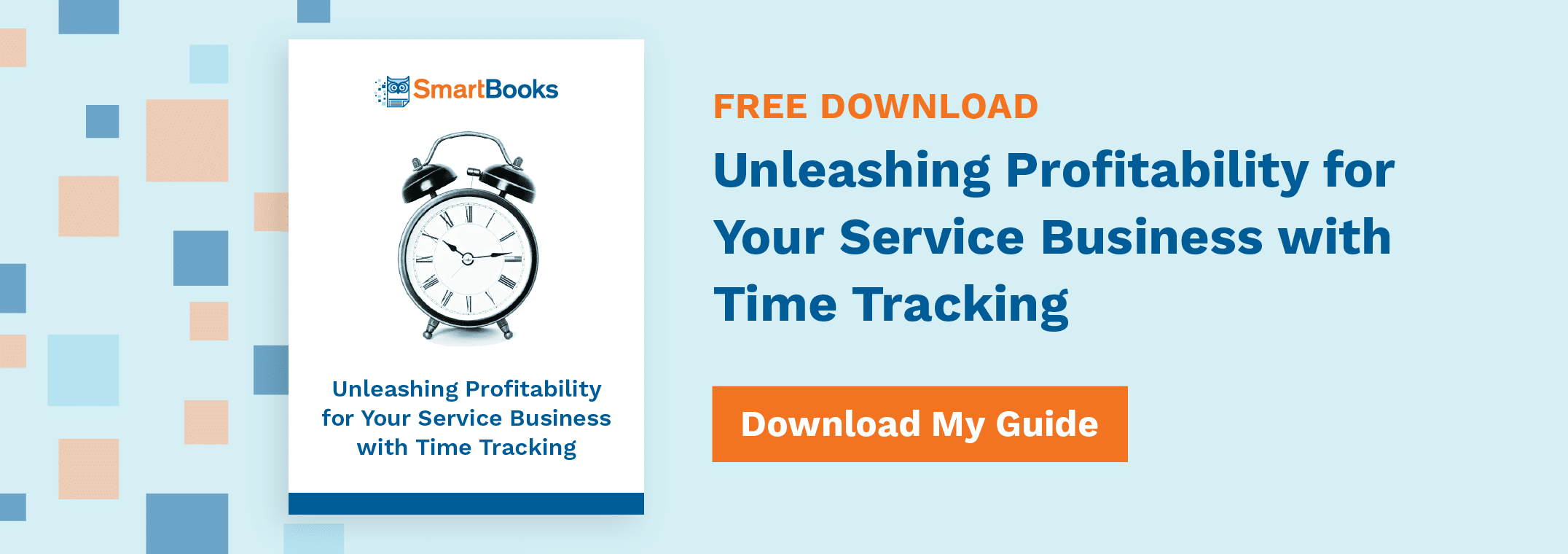How to Integrate Time Tracking Into Your Company

In a service oriented business, human capital is one of the most significant resources to manage. It affects how your employees are paid, job costing, how your clients are charged and how you as a business owner can balance a budget for the demands of operation.
The best way to manage this resource is by using time tracking, which all companies do to an extent. However, advances in time tracking software that utilize mobile devices and GPS based tools have made this process even more effective. The only trick is integrating it into your business.
Here is a quick guide on how you can make modern time tracking tools a central part of your company.
Make Accurate Time Tracking a Core Concern
To unlock the full cost saving benefits of effective time tracking, you need to make it a central part of your business’ standard operating practices. This made easier by enlisting the help of the best software tools available and making those tools accessible from the devices your employees use every day. For remote workers in the field, computer-based time tracking won’t be as effective as using a mobile app.
Accounting software such as QuickBooks Online and T-Sheets can gather time tracking data from employee’s mobile devices and the computers at their work stations. This data can be correlated with GPS information to ensure that clients are charged the correct amount, company time is used efficiently, and employees are compensated accurately for their work.
In addition to keeping track of time, many time-tracking apps can use GPS to keep track of employee locations. Not only can this help employers keep track of employee whereabouts, but it can also help with workforce utilization and time management. If a client calls with a problem, you can easily send the closest team to make sure the problem is solved quickly and efficiently. The client is happy, and you saved some money. Win, win.
Establish Time Tracking Early
To integrate time tracking software into your company, emphasize its importance to your employees as soon as possible. Include it in employee orientation, both with new employees during their training and for current employees as you introduce the new system.
Split the focus between outlining the technical requirements of time tracking, such as logging into the new time tracking software and demystifying any employee concerns about the new process.
In our tech savvy culture, training employees to use the software should be easy enough. However, you need to make sure that you invest the time to quell any concerns about “Big Brother” and reassure employees that these tools are not being put in place to spy on them. They are meant to increase productivity across the board.
Make Time Tracking Easy For Employees
The most important thing to do to integrate new time tracking strategies for your company is to make it easy for employees to complete. People tend to take the path of least resistance. The easier it is, the more likely your employees will be to comply.
Make sure that it is a positive process for your employees to log their time, and find software solutions that are intuitive and stress free to use. Outline the benefits that time tracking will have for individual employees, such as eliminating tedious data entry and eliminating the potential for error. Explain that integrated time tracking analytics will help employees use their time more efficiently and lead to increased revenue for everyone.
Download our free guide below to learn more.
